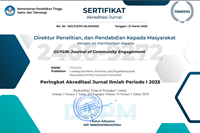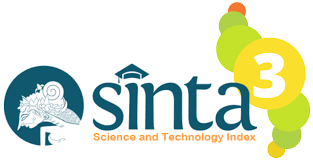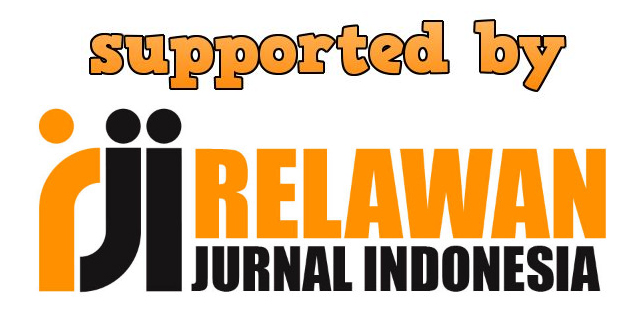Enhancing Biology Learning through Microtechnics: Collaboration for Creativity and Innovation
Authors (s)
(1) * Tika Putri Agustina
 (Universitas Negeri Manado, Sulawesi Utara)
(Universitas Negeri Manado, Sulawesi Utara) Indonesia
(2) Kurniahtunnisa Kurniahtunnisa (Universitas Negeri Manado, Sulawesi Utara)
Indonesia
(3) Aisyiah Restutiningsih Putri Utami (Universitas Negeri Manado, Sulawesi Utara)
Indonesia
(*) Corresponding Author
AbstractThe Microtechnique Competency Development Program at SMA Negeri 1 Remboken was designed to strengthen teacher and student skills in preparing microscopic slides as instructional media for biology learning. A preliminary assessment in 2024 showed that laboratory facilities were underutilized, with only 28% of scheduled biology practical sessions fully implemented, while most activities remained lecture-based. Furthermore, a competency evaluation involving 30 students and 6 teachers revealed that fewer than 35% demonstrated adequate microtechnique skills, particularly in preparing and observing biological specimens. These findings highlighted the urgency of providing systematic training to optimize laboratory use. The program adopted the Asset-Based Community Development (ABCD) approach, mobilizing local assets such as teacher-student enthusiasm, available laboratory equipment, and institutional knowledge. The implementation process consisted of asset mapping, technical training, collaborative mentoring, and the development of a Problem-Based Learning (PjBL)-based teaching module. Training activities focused on three core microtechnique practices: squash preparations of onion (Allium cepa) and garlic (Allium sativum) root tips for mitosis observation, wholemount preparation of head lice (Pediculus humanus capitis), and chicken blood smear (Gallus sp.) slides. Program evaluation demonstrated measurable improvement, with mean scores increasing from 45 (pre-test) to 72.5 (post-test). A paired-sample t-test confirmed the improvement was statistically significant (p < 0.05). In total, 55 slides were produced, of which 37 met the criteria of “educationally viable,” defined by specimen clarity, staining quality, and suitability for classroom use. Beyond technical skill enhancement, the program fostered collaborative culture and strengthened the laboratory’s role as a hub for educational innovation and creative economy development.. |
Keywords
Full Text: PDF
Refbacks
- There are currently no refbacks.
Copyright (c) 2025 Tika Putri Agustina, Kurniahtunnisa Kurniahtunnisa, Aisyiah Restutiningsih Putri Utami

This work is licensed under a Creative Commons Attribution-ShareAlike 4.0 International License.
This journal is licensed under

Creative Commons Attribution-ShareAlike 4.0 International License.








.png)
